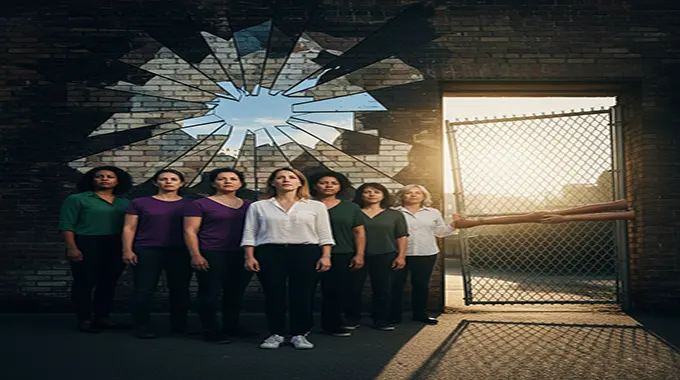In the 21st century, women stand at a unique intersection of unprecedented progress and persistent systemic barriers. While women globally are breaking glass ceilings in education, science, politics, and business, the reality for the majority is one of ongoing struggle against deep-rooted inequalities. The keyword “exploring the challenges of a woman’s world today” reveals a complex landscape where the fight for gender equality remains urgent and far from complete.
The challenges women face are multifaceted, spanning economic, social, political, and physical domains. Understanding these core issues is the first step toward building a truly equitable world.
The Persistence of Economic Inequality
The workplace, a key battleground for equality, still presents significant hurdles. The most widely recognized challenge is the gender pay gap. Globally, women on average earn less than men for the same work, a disparity that reflects the systemic undervaluing of women’s labour and expertise. For instance, data indicates that women worldwide earn approximately 77 cents for every dollar earned by men, with progress to close this gap moving at an alarmingly slow pace.
Compounding this is the “invisible burden” of unpaid work. Across the world, women perform a disproportionately large share of unpaid domestic and care work—tasks like childcare, cooking, and cleaning. This “double shift” limits their time and opportunities for paid employment, career advancement, and political engagement. Women spend, on average, roughly three times more hours on unpaid care work than men, a crucial but often unrecognised contribution that impacts their economic potential and well-being.
Furthermore, women are significantly underrepresented in leadership and decision-making positions, often hitting a “glass ceiling” that prevents them from ascending to the highest corporate and political tiers.
The Shadow of Gender-Based Violence
Perhaps the most visceral and immediate threat to women’s well-being is the pervasive issue of gender-based violence (GBV). This includes physical, sexual, and psychological harm, and it remains an epidemic affecting millions.
- Intimate Partner and Sexual Violence: Tragically, around one in three women worldwide have experienced physical and/or sexual violence in their lifetime. This violence is often exacerbated during times of conflict, displacement, and crisis.
- Harmful Practices: Practices like Female Genital Mutilation (FGM) and child marriage continue to impact the lives and health of millions of girls and women globally, despite international efforts to eliminate them.
The threat of violence, both physical and online, acts as a severe barrier to women’s freedom, health, and participation in public life.
Disparities in Health and Education
Despite strides in global health, women still face significant healthcare disparities. Access to comprehensive sexual and reproductive health services, including contraception and maternal care, is far from universal. In low- and middle-income countries, preventable causes still lead to high maternal mortality rates, highlighting systemic failures in providing basic, life-saving care.
In education, while gender parity has been achieved in many regions at the primary level, millions of girls are still out of school. Reasons are varied but often include poverty, security risks, cultural norms promoting early marriage, and a lack of proper sanitation facilities. Education is a key driver of empowerment, and these lingering gaps perpetuate cycles of poverty and inequality.
Emerging Challenges in a Digital World
As society becomes increasingly digital, new challenges have emerged. The digital divide disproportionately affects women, especially those in low-income settings, limiting their access to economic and educational opportunities in the modern economy. Furthermore, the rise of technology has brought new forms of abuse, with online harassment and cyber-violence increasingly targeting women, often leading to mental health issues and forcing them to withdraw from public platforms.
The Path to True Equality
The exploration of a woman’s world today is a story of resilience against enduring injustice. To truly close the gender gap, a multi-pronged approach is essential:
- Economic Reform: Legislating for equal pay, sharing the burden of unpaid care work through social services and parental leave, and boosting women’s access to financial resources.
- Zero Tolerance for Violence: Strengthening legal protections against all forms of GBV, ensuring accountability for perpetrators, and funding support services for survivors.
- Holistic Empowerment: Investing in women’s health and education, including reproductive rights and digital literacy, to enable their full participation in all facets of life.
The world cannot afford to wait centuries for parity. Achieving true gender equality is not just a matter of social justice; it is critical for fostering stronger economies, healthier societies, and a sustainable future for all. The challenges are clear, and the collective global effort must be accelerated to ensure that every woman and girl can reach her full potential, free from discrimination and fear.












